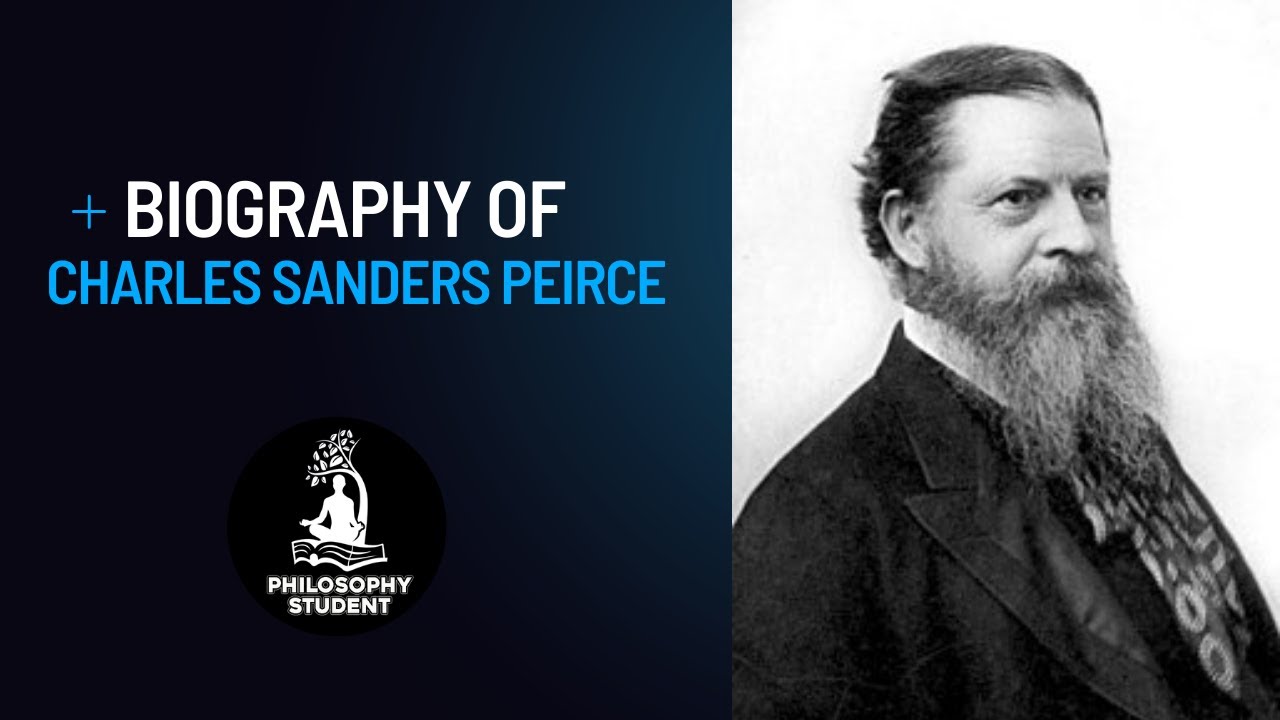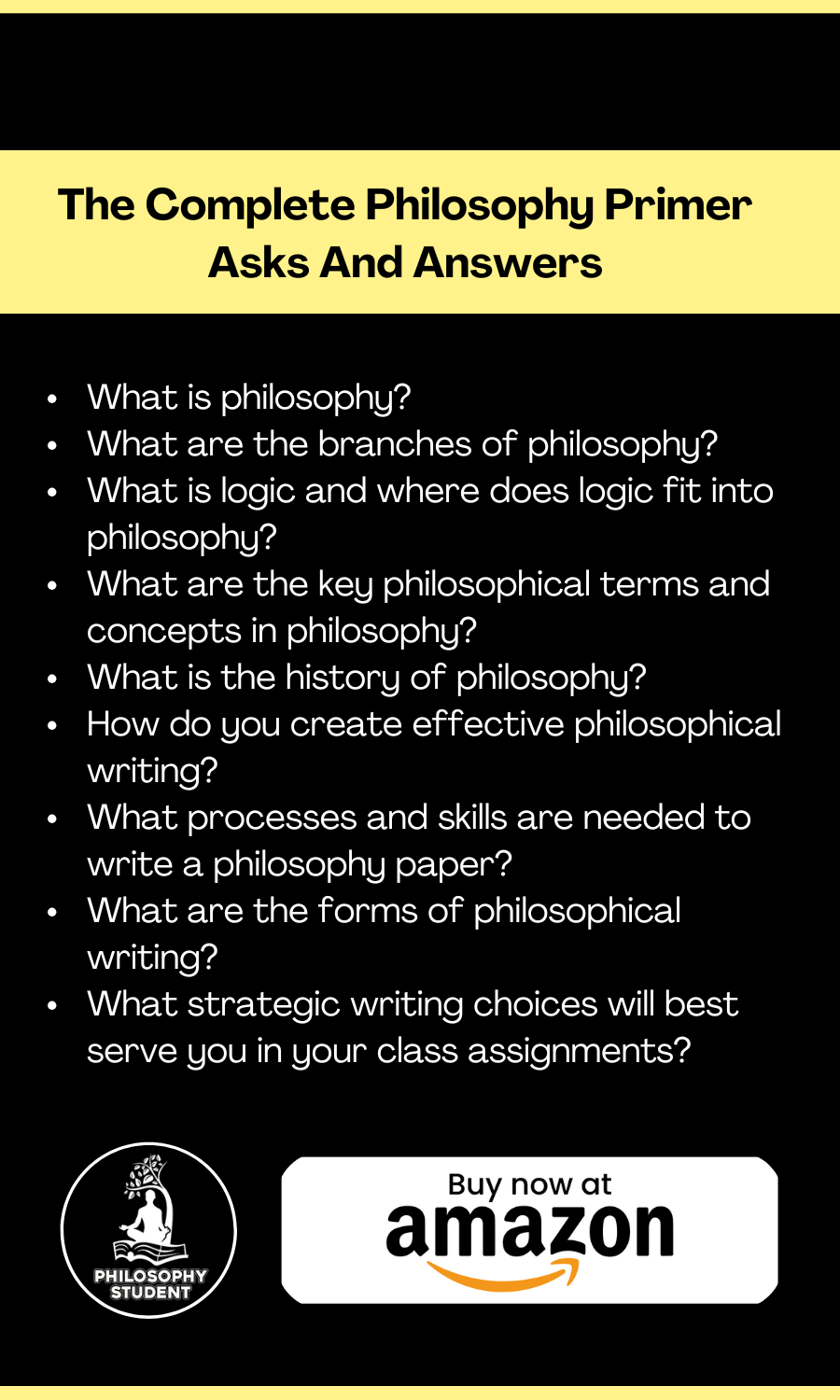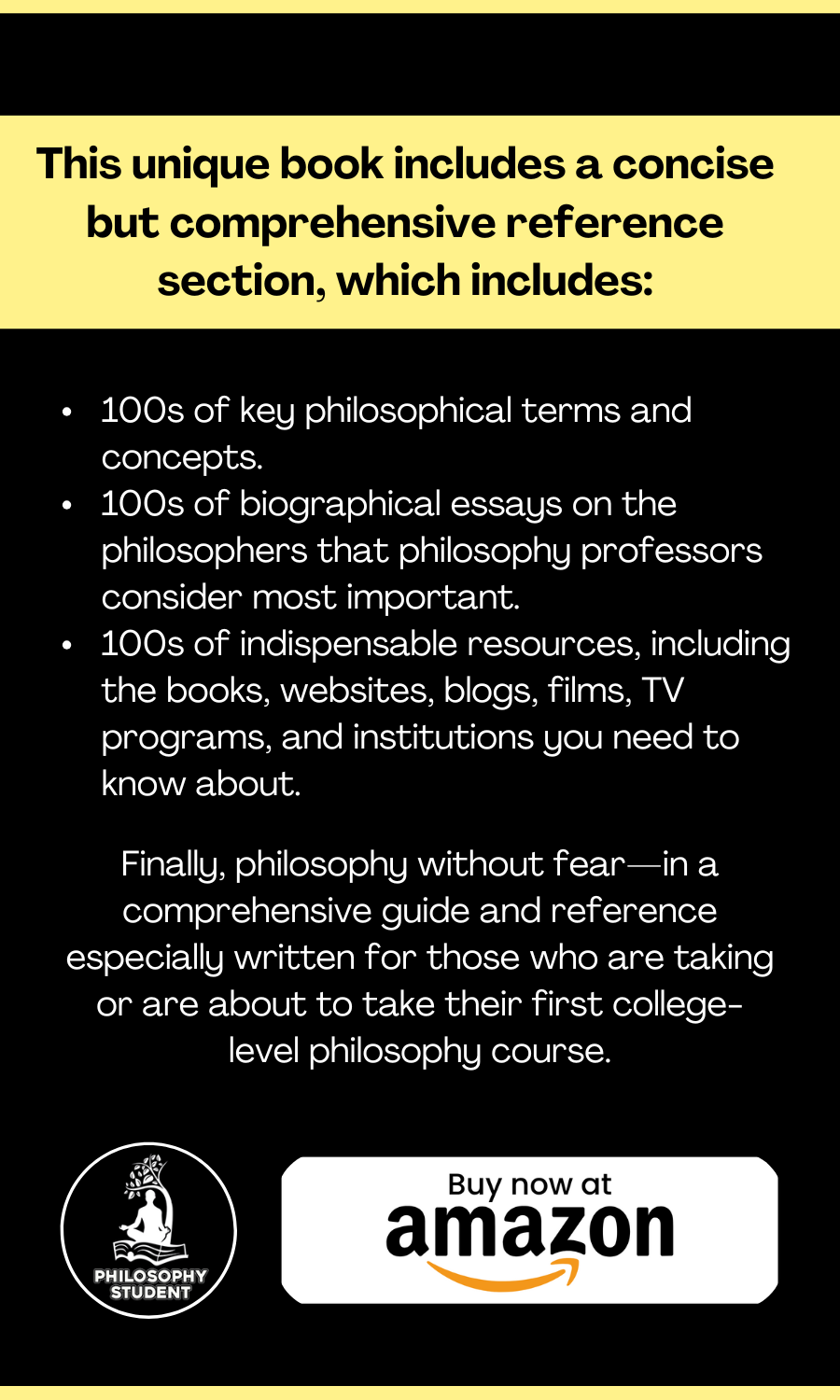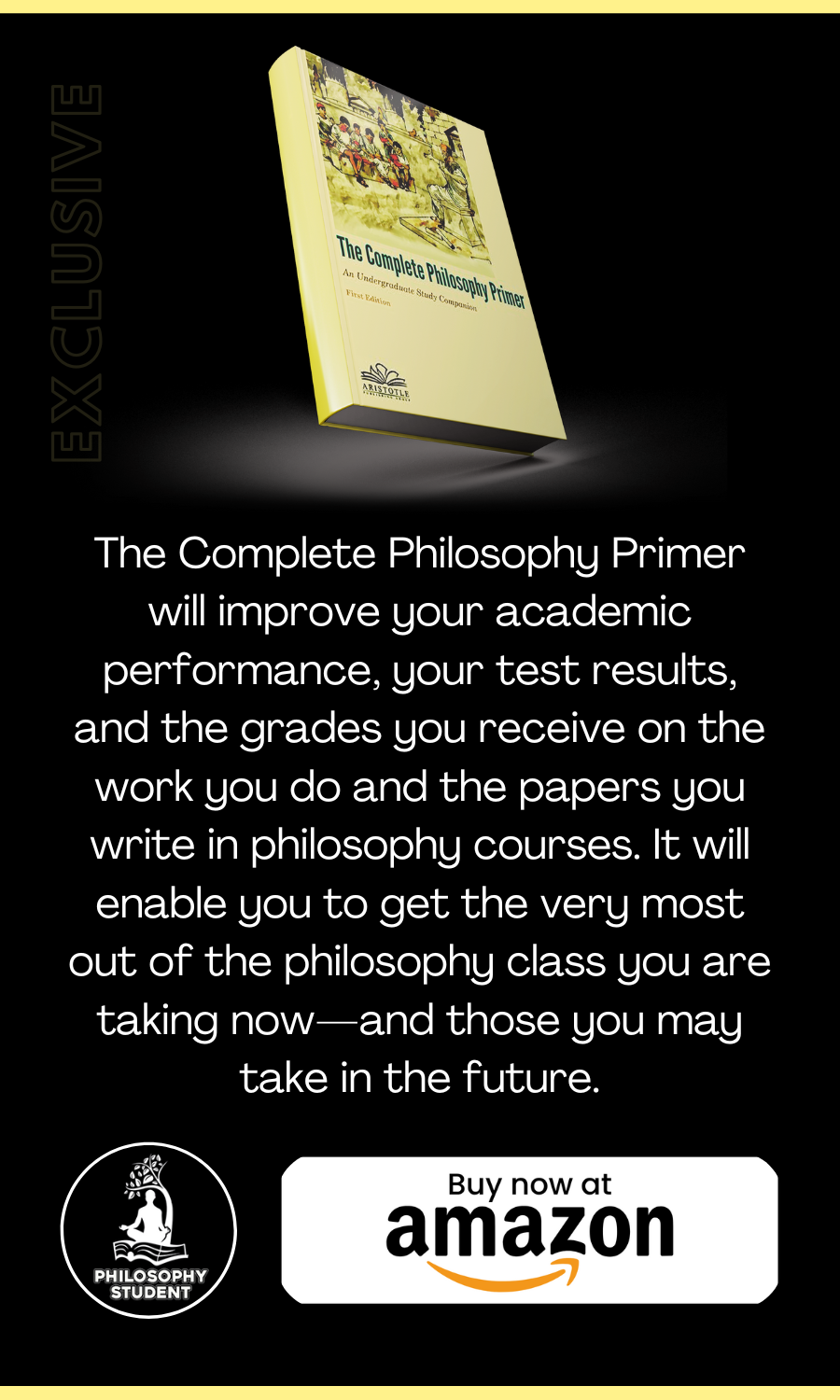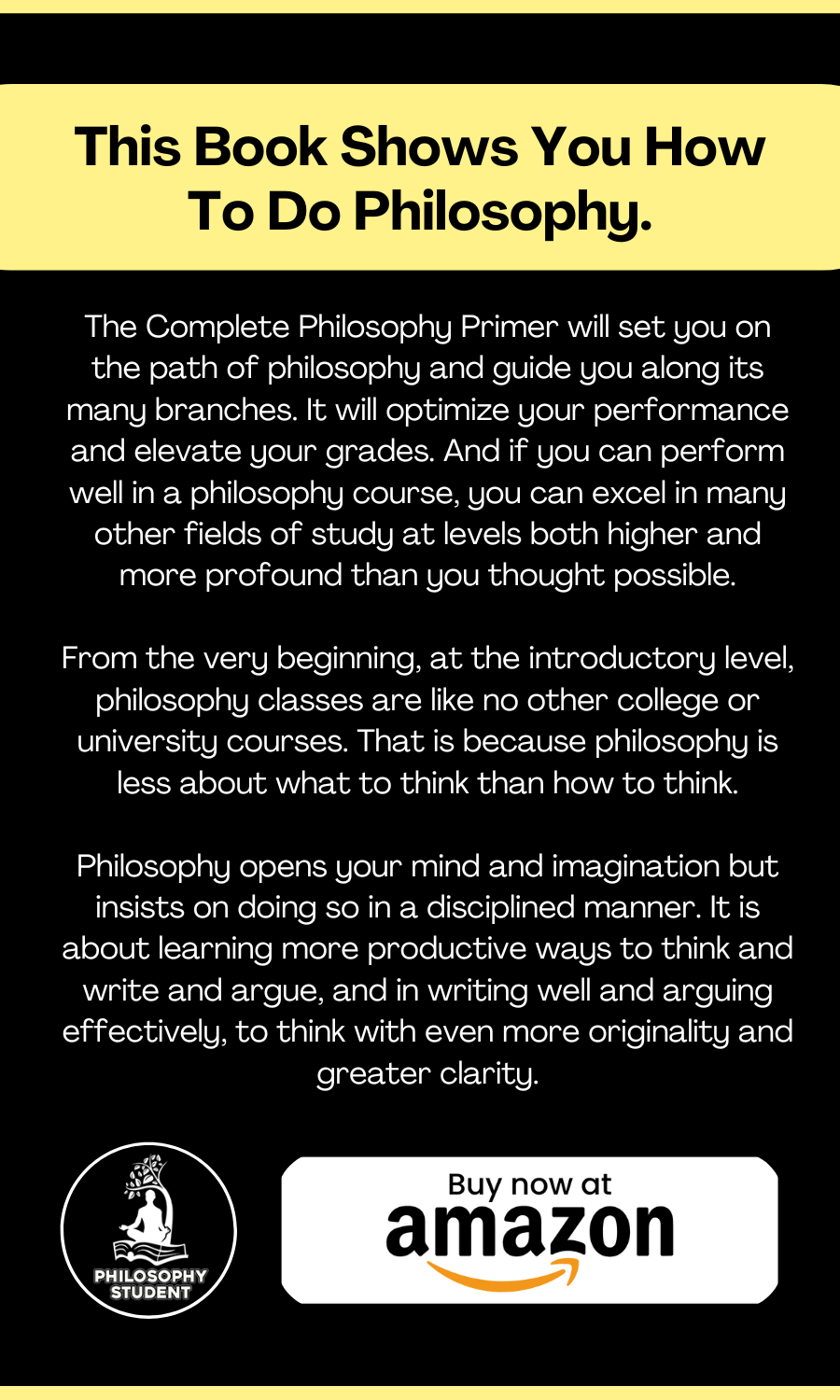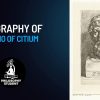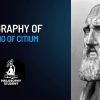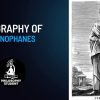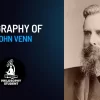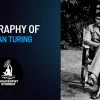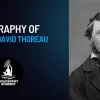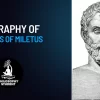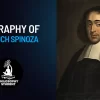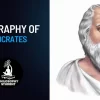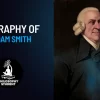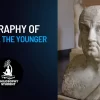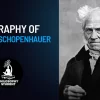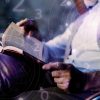Although William James is most commonly associated with the philosophical school known as Pragmatism, its earliest apostle was Charles Sanders Peirce, who was James’s good friend and intellectual influence. The third exponent of Pragmatism, John Dewey, was Peirce’s student.
As developed by all three philosophers, Pragmatism defines the meaning of any concept in terms of the concept’s practical outcomes. Thus, any concept is meaningful only insofar as it has an experiential effect on us—on our actions, our conduct, or our intellectual inquiries. Peirce applied this to the scientific method, concluding that it was the only valid means of attaining truth in the human progress toward knowledge.
Peirce was born on September 10, 1839, in Cambridge, Massachusetts. His father, Benjamin, was an eminent mathematician and astronomer, and his mother, Sarah, the daughter of Senator Elijah Hunt Mills. Intellectually indulged by his doting father, Peirce became an original thinker but also one who had nothing but contempt for middle-class morality and establishment institutions. This was destined to make his road in life most difficult.
In 1859, Peirce managed to graduate from Harvard College, a lowly 79th out of a class of 90.He went to work for the United States Coast Survey and then, encouraged by his father, enrolled in the Lawrence Scientific School of Harvard, earning a bachelor’s degree in chemistry in 1863. While he made some contributions to science, he was not by temperament a scientist but was far more interested in logic and method. This led him to develop Pragmatism.
Peirce came to believe in the importance of language and symbols—semiotics—in logic, and he early on concluded that classical deduction and induction were insufficient to account for the entirety of reasoning. He proposed that inquiry must include the invention and discovery of ideas, which he called “abduction.” While Peirce departed radically from many of the roots of philosophy as it existed in the mid-nineteenth century, he absorbed the logical systems of George Boole and Augustus De Morgan, and was enthralled with Friedrich Schiller and Immanuel Kant. From these sources, Peirce created a triadic theory of elementary conceptions—I, It, and Thou, which became Firstness, Secondness, and Thirdness, experiential “categories” corresponding to ideas, chance, and possibility; singularity, discreteness, and the quality of this; and generality, continuity, and the quality of all.
Peirce gave a successful series of Harvard lectures on British logicians in 1869, but his personality clashed with that of the university president, Charles W. Eliot, who rejected his 1871 application to teach philosophy. Nevertheless, he wrote innovative essays, including “On a New List of Categories” (1867) and several epistemological articles, all published in the Journal of Speculative Philosophy during 1868-1869. These impressed a small group of philosophers, William James among them. In his epistemological articles, Peirce developed a semiotic alternative to Cartesian and empiricist epistemology, which led to his concept of “fallibilism,” the hypothesis that human beings cannot attain certitude and that “knowledge is never absolute but always swims, as it were, in a continuum of uncertainty and of indeterminacy.” This led to the formulation of Pragmatism as a way out of the corner into which fallibilism backs any seeker of truth.
Peirce became a founding member or the Metaphysical Club in Cambridge, whose other members included William James, Oliver Wendell Holmes, Jr., and the philosopher Chauncey Wright. It was in this forum that Peirce formally introduced Pragmatism, which was most fully articulated in his papers, “The Fixation of Belief” (1877) and “How to Make Our Ideas Clear” (1878).
In 1879, Peirce finally obtained a substantial academic appointment, to Johns Hopkins University, but failed to achieve tenure. Still, he continued his research and writing, publishing (with his students) Studies in Logic (1883) and proposing the then-innovative notion of subliminal perception. Among his Johns Hopkins students was John Dewey.
Peirce’s rise at Johns Hopkins was cut short in 1884 when he was dismissed as a lecturer on moral grounds, which may have been associated with emotional problems and, possibly, drug addiction. His marriage had ended in divorce the year before, and his bread-and-butter position at the Coast Survey was not going well. Fortunately, he inherited a small amount of money. Unfortunately, he spent much of it on building an elaborate home, Arisbe, in Milford, Pennsylvania. He managed to write a new book, A Guess at the Riddle, based on his work on categories, but was unable to find a publisher
In 1891, he was dismissed from the Coast Survey, sunk deeper and more desperately into debt, and, in 1895, fled Milford just ahead of his creditors. He eked out a meager living as an occasional writer in New York City. In 1903, he applied for a grant from the Carnegie Institution and was rejected. William James organized financial support from a circle of friends and, more important, secured some lecture work for him at Harvard in 1903. This stimulated more writing on Pragmatism, which, in fact, amounted to a large cache of mostly unpublished manuscripts. Death came, from cancer, on April 19, 1914. In large part, thanks to the philosopher Josiah Royce, Peirce’s papers were preserved, collected, sorted, examined, and, beginning in the 1930s, slowly published. Many, however, have yet to be issued.

